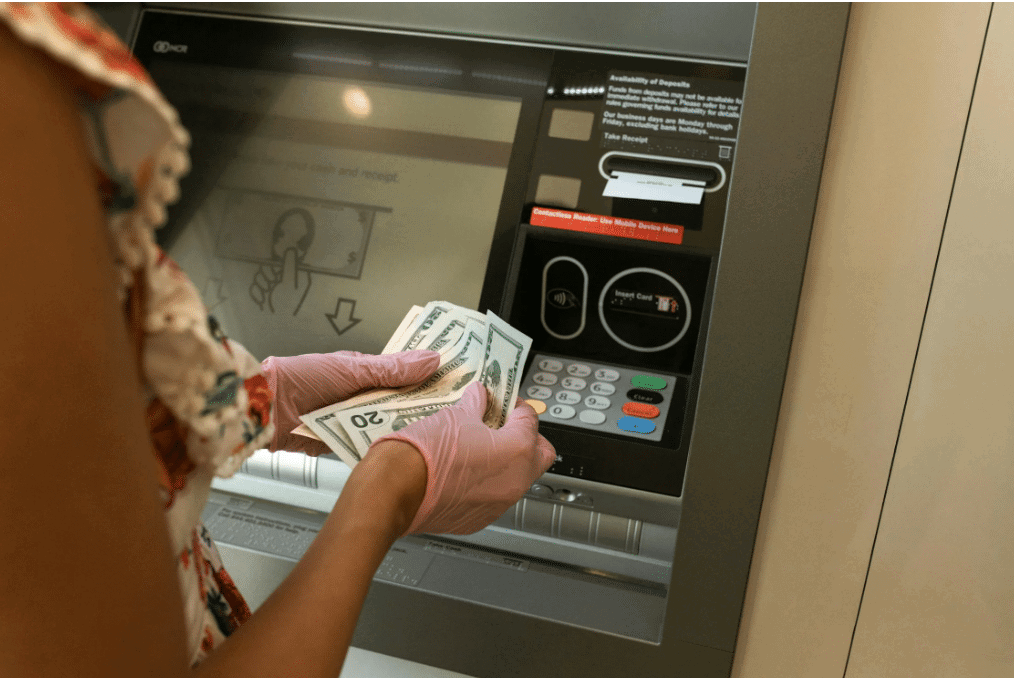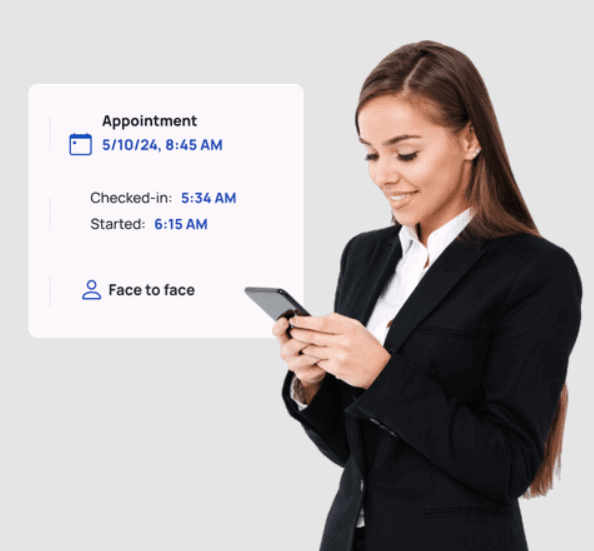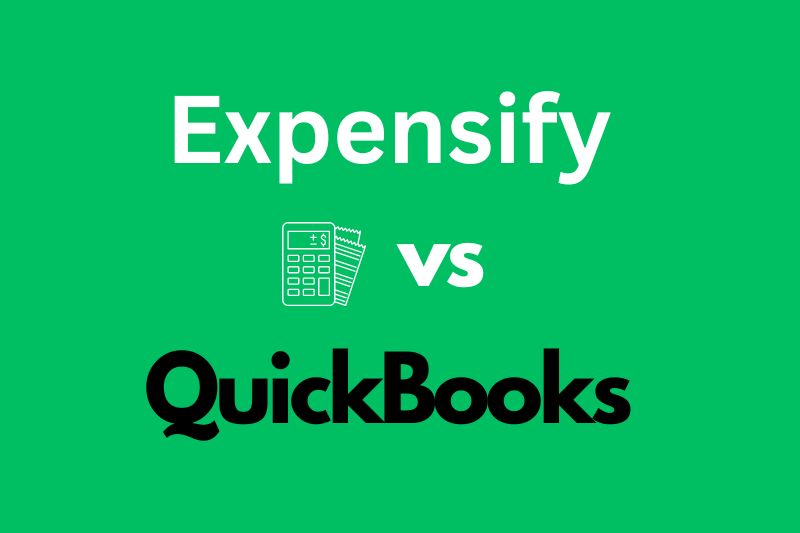Bank visits shouldn’t be a test of endurance. Yet, slow-moving lines, short-staffed counters, and unpredictable delays make peak hours frustrating and incredibly stressful.
Customers grow impatient. Employees feel overwhelmed. Without a system to manage demand, inefficiency takes over, affecting service quality.
In this blog, we explore how appointment scheduling software for banks helps streamline customer flow, enhance service efficiency, and create a seamless experience for both customers and staff.
Identifying Peak Times
Banks do not experience high traffic at random. Every surge follows a pattern shaped by customer habits, financial cycles, and economic shifts.
Mornings bring business clients. Lunch hours see personal banking peaks. Late afternoons filled with last-minute visits. Fridays experience the heaviest flow.
Banks that track these patterns stay ahead. Instead of reacting to congestion, banks prepare for it—ensuring faster service, better resource allocation, and a seamless customer experience.
Strategic Appointment Scheduling
Poor scheduling throws banking operations into chaos. Customers wait longer than necessary, appointments fall behind, and employees scramble to keep up.
An appointment scheduling software for banks like Q-nomy eliminates these inefficiencies. Q-nomy’s official website highlights features that streamline appointment flow and walk-ins:
- Time-Based Service Slots: Not all banking services require the same time commitment. A mortgage consultation takes significantly longer than a simple deposit. Appointment lengths should reflect service needs to prevent one interaction from delaying the next.
- Balancing Walk-Ins and Appointments: Walk-ins are inevitable, but when unmanaged, they disrupt scheduled meetings. Reserving dedicated time slots for both ensures that urgent, unscheduled requests do not overwhelm planned consultations.
- AI-Driven Scheduling: Smart scheduling tools analyze demand patterns and adjust availability in real time. By spreading out high-traffic appointments, banks can prevent peak-hour bottlenecks before they happen.
- Buffer Time Between Appointments: Even small delays compound over time. Adding short gaps between meetings allows for flexibility, preventing one late-running consultation from causing a ripple effect throughout the day.
Increased Staffing and Resources
Peak banking hours create high demand, making it difficult for employees to keep up without adjustments to staffing. A flexible staffing model improves efficiency. More tellers during peak hours keep lines moving. Loan officers stay focused on scheduled consultations, avoiding constant interruptions. When employees handle only what they specialize in, service stays smooth.
Cross-trained staff fill in where needed. No department falls behind while another slows down. Unexpected surges no longer disrupt the flow. Every role is covered. Every customer gets the right attention.
Self-service tools take routine tasks off employees’ hands. ATMs handle withdrawals and deposits.

Photo by RDNE Stock project from Pexels
Leveraging Technology to Streamline the Process
Technology improves service by managing appointments and tracking customer traffic. Online booking systems allow customers to schedule visits in advance, reducing unexpected surges. AI-powered bank appointment software monitors wait times and adjusts staffing to prevent congestion.
Mobile check-ins and text notifications keep customers informed about their wait times, reducing unnecessary crowding near service counters. Virtual banking services, such as video consultations, provide an alternative for customers who do not need to visit a branch in person.
Customer Communication and Expectations
Customers who do not know how long they will wait or whether their appointment will start on time may become dissatisfied, even if the delay is minor. Providing real-time updates and clear instructions improves the experience by eliminating uncertainty.
Digital boards and mobile apps that display wait times help customers make informed decisions. If a customer sees a 15-minute wait, they can decide whether to stay or return later. Better communication leads to smoother service, improving both efficiency and customer satisfaction.
Creating a Positive In-Branch Experience
The layout of a bank affects how efficiently customers move through the branch. A check-in system helps manage customer movement. Digital kiosks allow visitors to register their arrival and receive instructions on where to go, reducing confusion and wait times.

Photo by Kindel Media from Pexels
Dedicated service lanes for different banking needs keep traffic moving. Comfortable waiting areas equipped with financial literacy resources improve the experience for those who need to wait.
Post-Peak Review and Improvement
After peak hours, evaluating service performance helps banks refine operations. AI-powered tools analyze customer flow, appointment completion rates, and bottlenecks, providing data-driven insights for better decision-making.
Tracking wait times and service durations highlights inefficiencies. If certain appointments consistently run long, time slots can be adjusted. Employee feedback pinpoints workflow issues, while customer surveys reveal hidden frustrations.
Small adjustments lead to lasting improvements. Optimizing appointment scheduling can prevent recurring congestion. A continuous review process ensures banks stay efficient, even during peak demand.
Conclusion
Managing peak banking hours takes more than extra staff. Structured scheduling, balanced staffing, and smart technology prevent delays.
Customers should not feel like banking wastes their time. Every wasted minute costs customer trust. Banks need efficient scheduling now more than ever.
Have you faced long waits at a bank during peak hours? Share your thoughts below. Learn how Q-nomy’s bank appointment software supports better service.




















